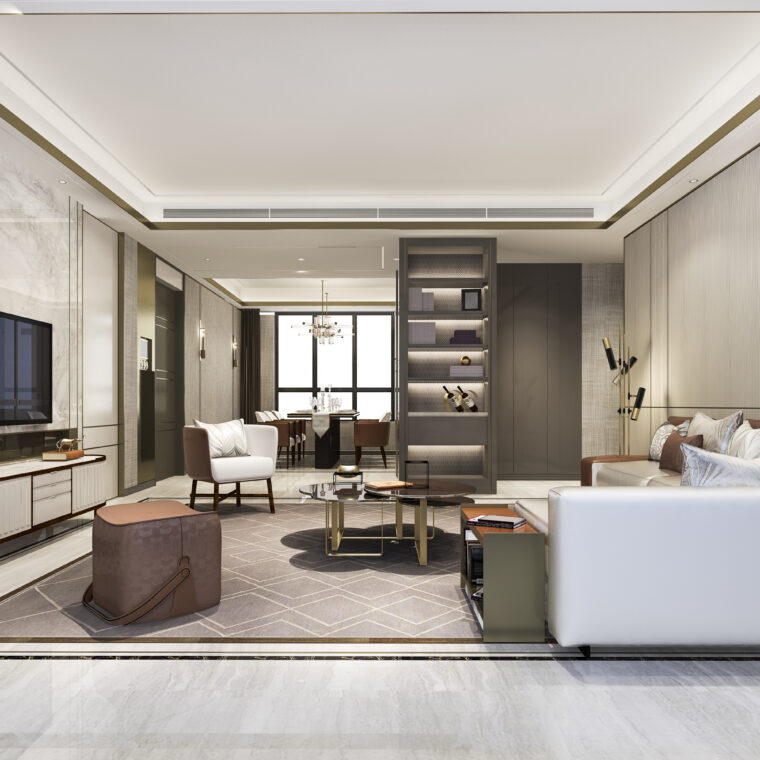Color plays a crucial role in interior design, influencing mood, perception, and even behavior. In this blog, we delve into the fascinating world of color psychology and its impact on your living spaces:

- Warm Tones: Colors like red, orange, and yellow are known for their energizing and stimulating properties. Use them in areas where you want to encourage conversation and activity, such as the dining room or kitchen.
- Cool Tones: On the other hand, cool colors like blue, green, and purple have a calming and soothing effect. They work well in bedrooms and bathrooms, promoting relaxation and tranquility.
- Neutral Shades: Neutral colors such as white, beige, and gray serve as versatile backdrops that can complement any design style. They create a sense of balance and harmony, making them perfect for common areas like the living room or hallway.
- Accent Colors: Adding pops of bold accent colors can inject personality and visual interest into your space. Whether it’s a vibrant throw pillow, a bold area rug, or a statement piece of artwork, accent colors can liven up even the most neutral of rooms.
- Personal Preferences: Ultimately, the best color scheme for your home is one that reflects your personal taste and lifestyle. Whether you prefer calming blues, earthy greens, or dramatic blacks, choose colors that resonate with you on a deeper level.




